Fisioterapia NeuroFuncional Método Cuevas Medek Exercises (CME)
Cuevas Medek Exercises (CME) harnesses optimal scientific parameters for rehabilitation programs, and this may explain its neuroplastic outcomes. A normal motor development in a high risk of delay hydrocephalus case after CME as early intervention indicates it may be considered as research subject and treatment option to prevent motor delays. 1.

Cuevas Medek Exercises Helping Gross Motor Delays Intensive Therapy
Cuevas Medek Exercises (CME) is a powerful therapy approach to help children with cerebral palsy, developmental delays, spinal cord injuries, brain injuries, or other neuromuscular conditions. By admin | March 20, 2020. When a child has a motor delay, there is often a decrease in balance¹. Some children need to improve their balance reactions.
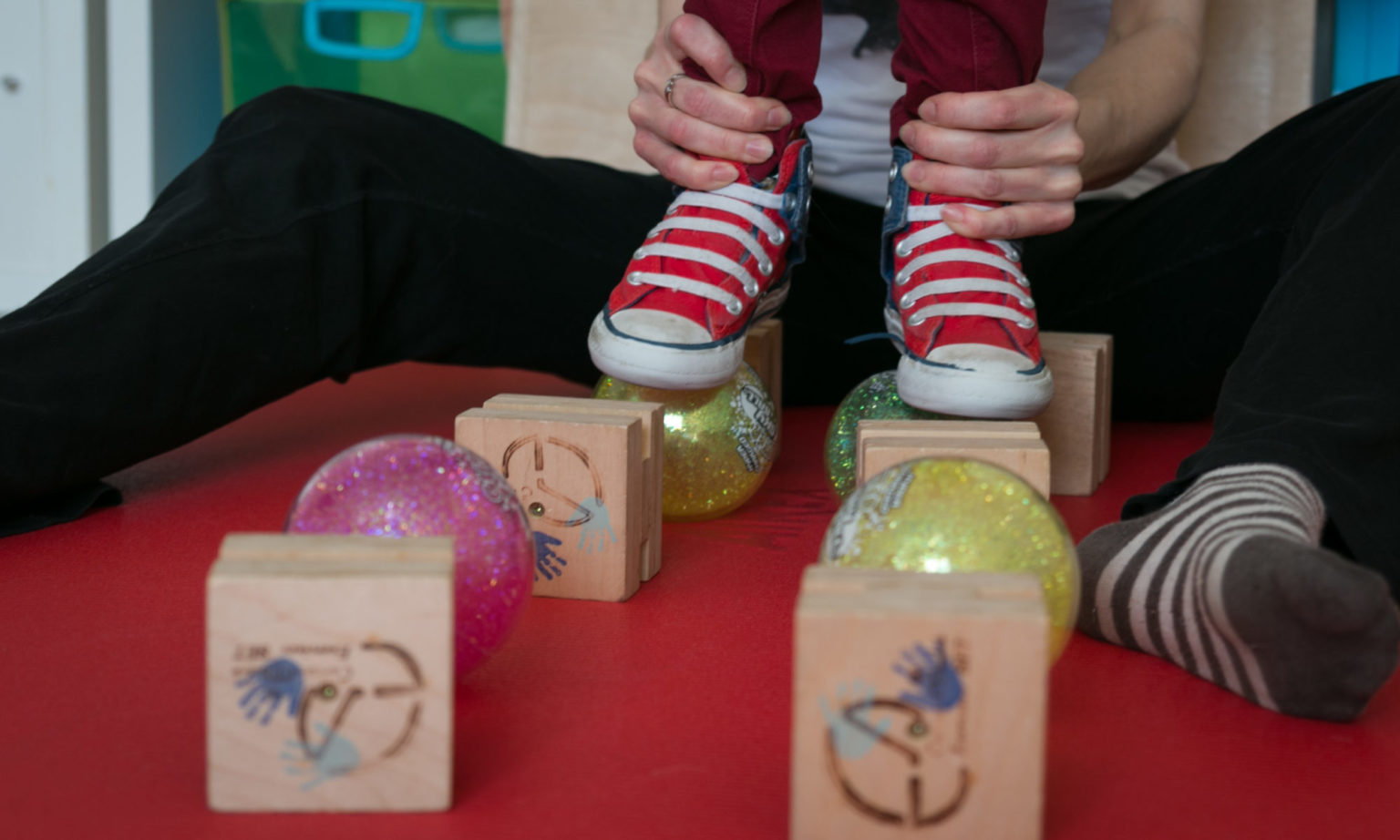
Cuevas MEDEK Exercises® Association DynamiC Thérapeutes CME®
Cuevas Medek Exercise (CME Therapy) was developed by Ramon Cuevas in the 1970s, and "Medek" stands for a dynamic method of motor stimulation. It is a treatment approach that uses exercises that provoke the automatic postural responses from motor delayed children. The theory behind the approach is that the more distal support is applied by a.

Cuevas Medek Exercises (CME) Total Education Solutions
Cuevas Medek Exercises is a psychomotor therapy approach developed by Physiotherapist Ramon Cuevas during the 70s that has been increasingly gaining worldwide popularity. MEDEK is an acronym for "Metodo de Estabilizacion Dinamico Kinesico" which could be translated from Spanish as Dynamic Method for Kinesthetic Stabilization.
Fisioterapia NeuroFuncional Método Cuevas Medek Exercises (CME)
Cuevas Medek Exercises (CME) Our most sought after therapy technique - exposing your child to gravity to provoke specific responses. Developmental assessments . Qualified to use a wide variety of assessment tools such as AIMS, NSMDA, HINE, BOT2, M-ABC, and more! Baby Boot Camp.
Fisioterapia NeuroFuncional Método Cuevas Medek Exercises (CME)
Cuevas MEDEK Exercises (CME) therapy is a psychomotor form of therapeutic intervention for infants and children who are experiencing delayed gross motor development. CME was created by Ramon Cuevas who is a Kinesiologist and Physical Therapist in Santiago, Chile. CME was originated in 1972 and Ramon has spent the past 48 years applying.
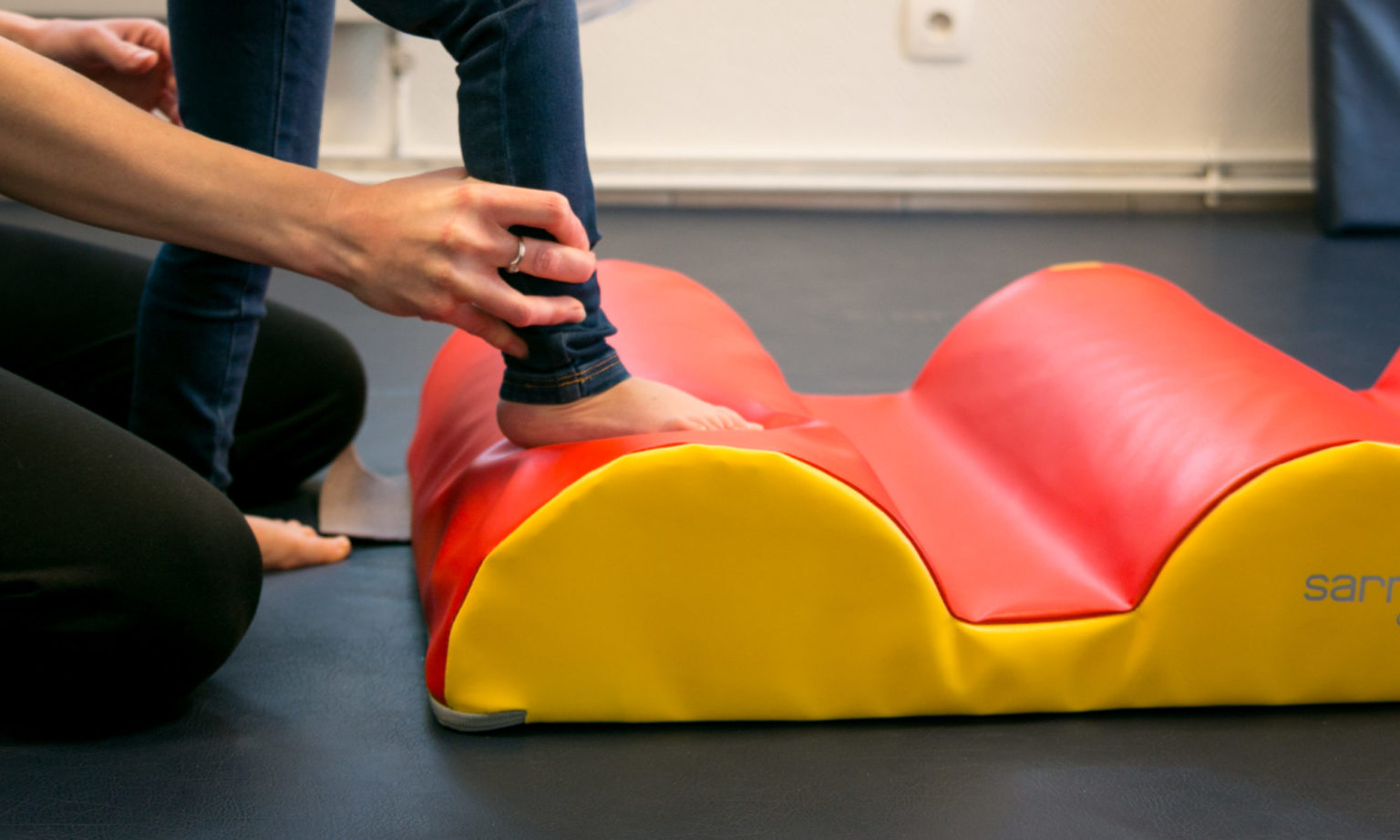
Cuevas MEDEK Exercises® Association DynamiC Thérapeutes CME®
Cuevas Medek Exercise CME is a psychomotor therapy designed to facilitate the development of gross motor skills in children with neurological, genetic, and developmental disorders. CME therapy provides children with the opportunity to learn body movement and control and how to operate in a more biomechanically effective and efficient manner.

Cuevas Medek Exercises, Stimulation method of the Neuropsychomotor
Cuevas Medek exercises therapy comprises a number of specific CME exercises designed in series to effectively stimulate the child's automatic righting responses. CME therapy trains young children on core movements, leading to sitting, standing, and walking. Rather than being worked in isolation, muscles are trained to do these actions.

What Is Cuevas Medek Exercises? (Powerful Therapy for Motor Delays
Cuevas Medek Exercises is a psychomotor therapy based on dynamic challenging exercises, manually applied for children affected on their developmental motor functions. This therapy provides very concrete guidelines to stimulate babies in a total safe way, starting from two months of age to many years after birth. Know more.
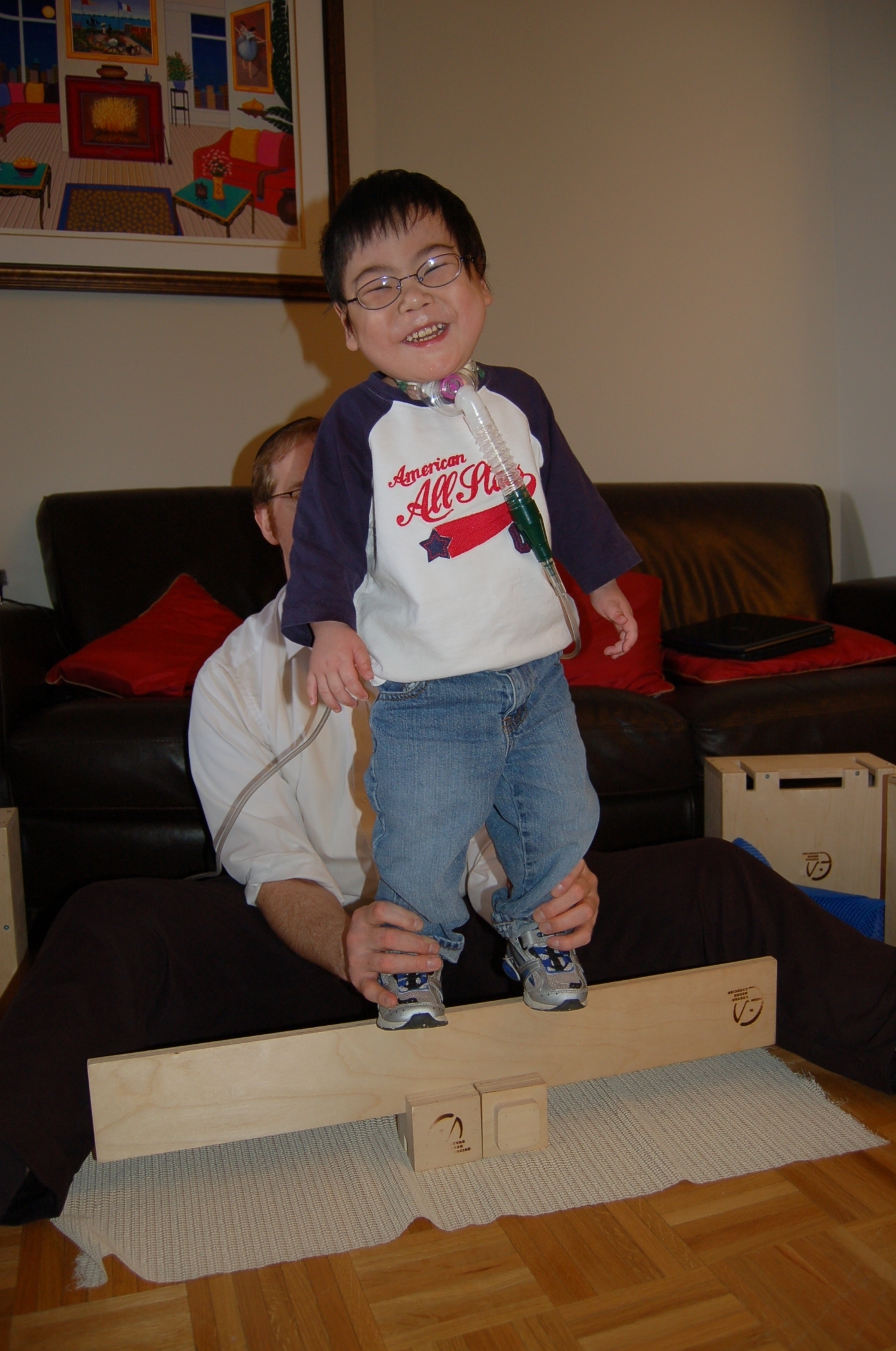
Cuevas Medek Exercise Therapy (CME) Videos
CME® therapy helps children every day to achieve their full potential, providing consistent and high quality therapy with proven results.
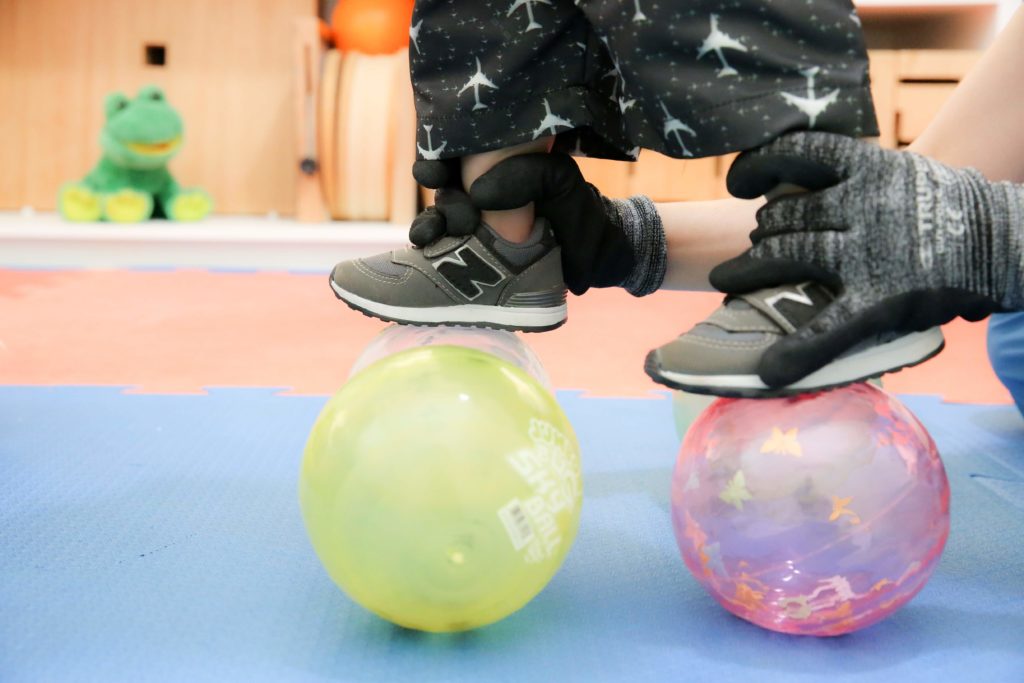
Cuevas Medek Exercise
Cuevas Medek Exercises (CME) is a psychomotor therapy approach developed by Physiotherapist Ramon Cuevas, used in paediatric physiotherapy since 1972, and increasingly influences clinicians and their patients. MEDEK is an acronym for a Spanish phrase translated into English as "Dynamic Method For Kinesthetic Stimulation". Indication.

CME® Cuevas Medek Exercises Therapy
Cuevas Medek Exercises (CME) is a form of therapy that is used to treat children who have a motor delay, which could be a result of several different conditions, including Cerebral Palsy, Spina Bifida, and Down Syndrome.The therapy aims to encourage the recovery of children's motor functions. It was developed by Ramon Cuevas, a Kinesiologist, in Venezuela in the 1970s.
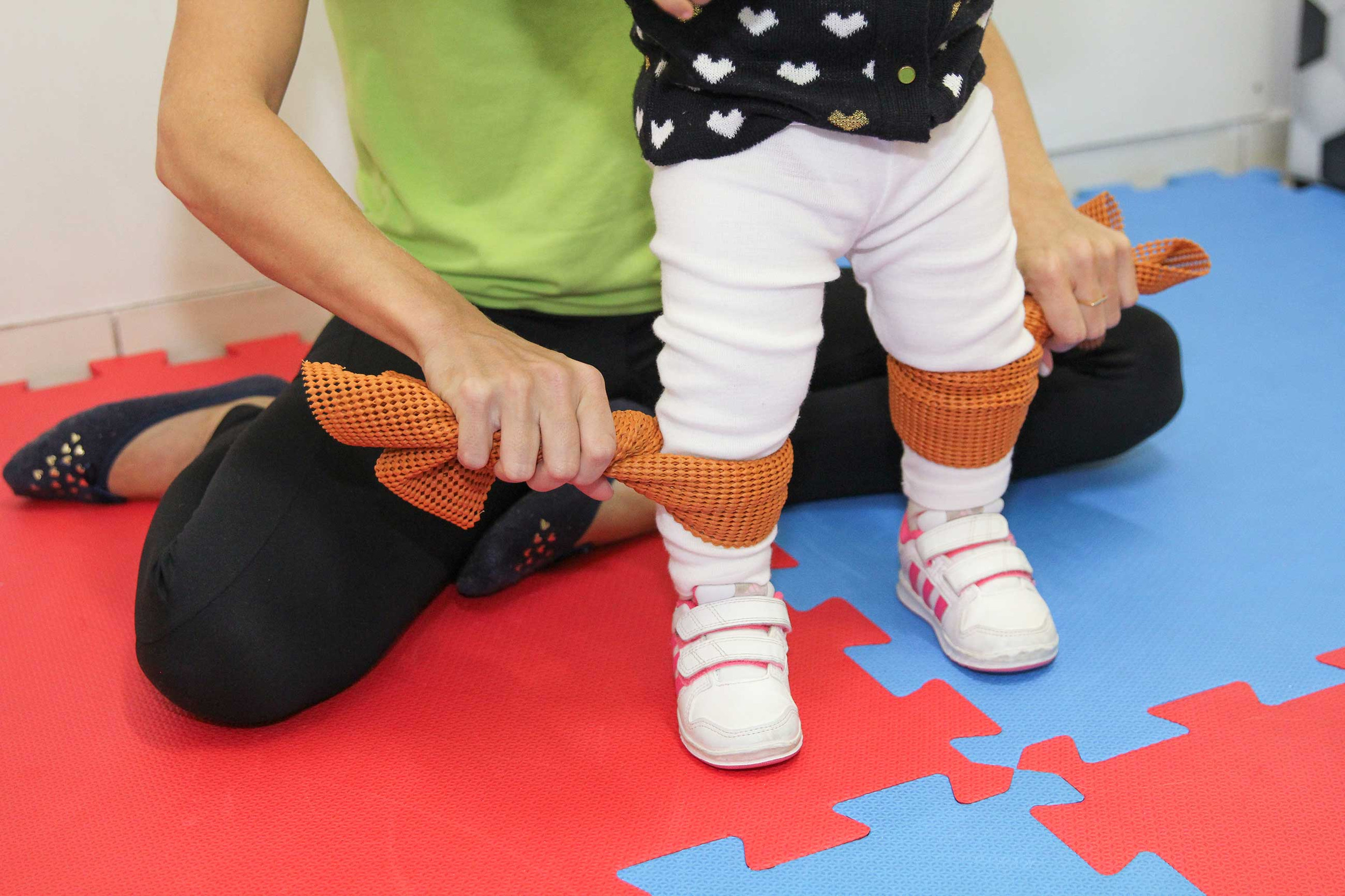
CME Cuevas Medek Exercises rehabilitar
GCE the acronym for Medek Caves Exercises is a method of psychomotor therapy for children with motor development disorder caused by any affectation or disorganization of the Central Nervous System. CME® Cuevas Medek Exercises was created in 1972 by Ramón Cuevas, Chilean Kinesiologist. The first name of this therapy was MEDEM, Spanish acronym.
Fisioterapia NeuroFuncional Método Cuevas Medek Exercises (CME)
Cuevas Medek Exercises (CME) is a powerful therapy approach to help children with cerebral palsy, developmental delays, spinal cord injuries, brain injuries, or other neuromuscular conditions. CME intensive therapy allows kids the opportunity to gain courage and self-sufficiency in reaching developmental turning points. Parents and therapists have reported kids gaining confidence and.

Cuevas MEDEK Exercises® Association DynamiC Thérapeutes CME®
01 Cuevas Medek Exercises. A formal assessment in one session is performed to identify areas of weakness and what needs to be done. Parents are shown the quantitatively psycho-motor age of the child and demonstration of some exercises is done during that session to assess the responses of the child and to show parents what exercises of CME.

CME Cuevas Medek Exercise YouTube
Cuevas Medek Exercises Level 2 - Certified. TOTS: Tethered Oral Tissues Specialty Training. Infant and Children's Massage. Breathing and Postural Control. Kinesiology Taping. Schedule a Free Virtual Consult. Let's Chat! LovingTouch PT. First Name. Email. Last Name. Subject. Leave us a message. Submit. Thanks for submitting!